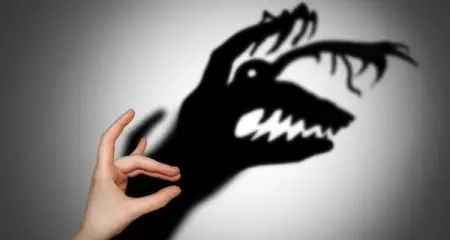
When it comes to treatment, then, awareness is not the same as acceptance.Basic Differences Between Hallucinations and Delusions: The identification of abnormal mental states therefore does not always lead to a belief or acknowledgement that treatment is a necessary or desirable course of action. Interestingly, several patients while appraising their mental states as “abnormal” did not identify them as pathological, in other words as a sign of illness.

It also emerged that emotional states had an impact on treatment behaviour. It was evident that previous experience (or fear) of medication side-effects played a role in these seemingly contradictory stances.

In the other treatment profiles, there were patients who did not believe themselves to be ill or in need of medical help but were nonetheless engaging with their prescribed treatment regimens. For example the patient who said: “I need a skunk, spliff and a joint to treat me. One of the treatment profile groups consisted of patients that acknowledged a need for treatment but yet were non-compliant.

Kevin Morgan and Anthony David identified five treatment profile types. However, it seems that self-recognition of symptoms is only one of several factors affecting how (or if) someone engages with recommended treatment.įollowing a series of interviews with patients with psychosis, it was found that the pathway between the appraisal of delusions and hallucinations and the acceptance of any need for treatment is one of great complexity. In a study of patients with psychosis, Olli Kampman and colleagues found that self-recognition of one’s psychotic state was an important factor when predicting engagement with treatment. Refusal to accept treatment is a cause for concern in the care and management of psychotic disorders where delusions and hallucinations are prominent. Put simply, if you do not believe there is anything wrong with your mental state why should you want to receive medication or a spell in hospital? The appraisal by people with psychotic disorders that their delusional beliefs and hallucinatory experiences are non-pathological may have consequences in terms of how likely they are to ask for or receive help. It would seem therefore that the capacity to identify hallucinations and delusions in other people might be greater than the ability to see them in oneself. However, they could not identify anything erroneous or pathological in their own thought processes. The patients who were most fixed in their own delusional beliefs were able to distinguish between descriptions of delusional and normal beliefs. They were asked how likely it was that the scenarios depicted a mental illness. The patients read individual case stories about people experiencing a range of pathological states of mind. More recently, Startup (1997) studied a group of psychiatric patients experiencing delusions and hallucinations. Recognising others’ delusions but not your own.

In a 1960s study, The Three Christs of Ypsilanti, psychologist Milton Rokeach observed what would happen when three people, each firmly believing they were Jesus, lived together in very close proximity for several months. But this difficulty in self-recognition does not necessarily come from a lack of rational thought. Problems in the self-recognition of such mind states seem to occur even when they lead to personal distress and severe disruptions to quality of life. Similarly, when hallucinations occur, such as the hearing of non-existent voices, the person experiencing the hallucinatory speech may nonetheless believe that others can hear the voices too (and are lying when they say they cannot), or even attribute the experience to the possession of a special power such as telepathy. In a delusion where a person believes that electronic listening devices are implanted in their brain, for example, the implausibility of the belief is obvious to everyone else around, but is held with an unshakeable conviction by that person. The idea that delusions and hallucinations are a sign of illness or pathology tends to emerge when the belief or experience occurs outside of such situations and is held to be true in the face of strong contradictory evidence. In some life situations – in states of delirium, bereavement, severe lack of sleep and sensory deprivation – it is not uncommon for hallucinations to occur. When faced with negative, ambiguous or unsupportive feedback, we often respond with exaggerated perceptions of control and unrealistic optimism. In everyday life, for example, mentally healthy people distort reality to enhance their self-esteem and maintain beliefs about their self-agency. As humans, we are all susceptible to experiencing anomalous mental states such as this. When people experience delusions or hallucinations there is usually some loss of contact with reality whereby normal processes of thought and perception are disturbed.


 0 kommentar(er)
0 kommentar(er)
